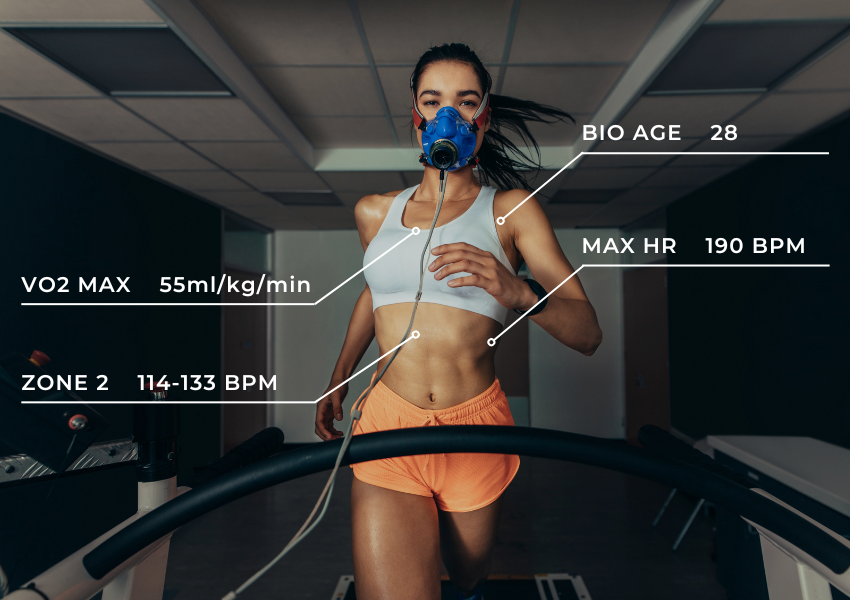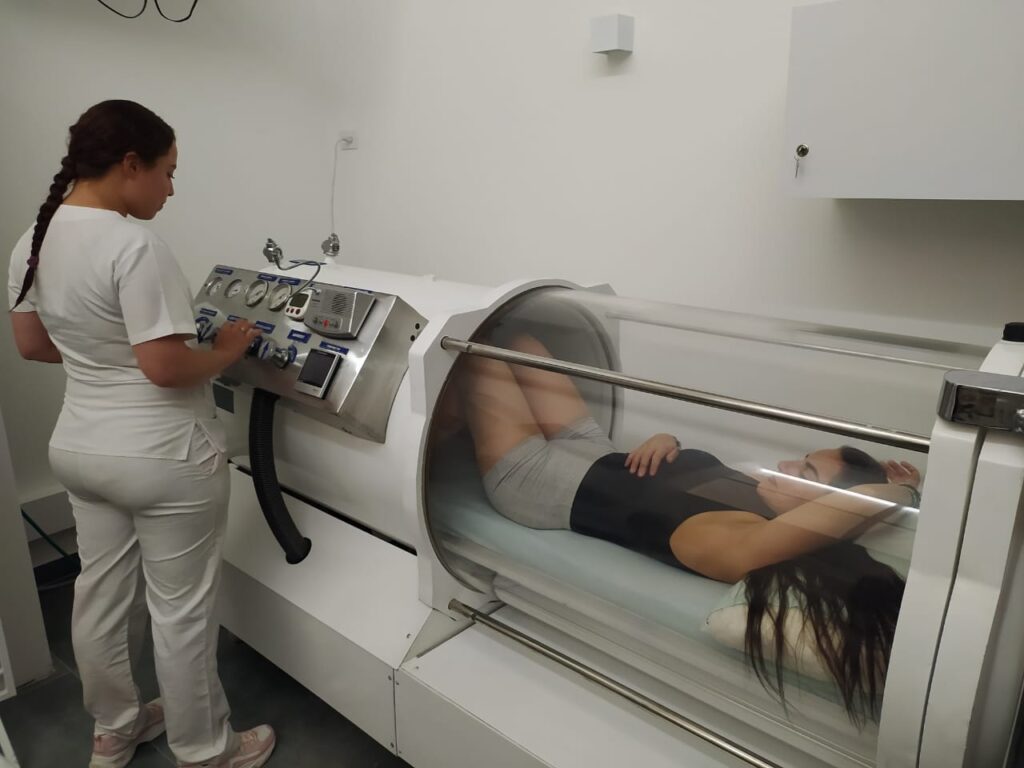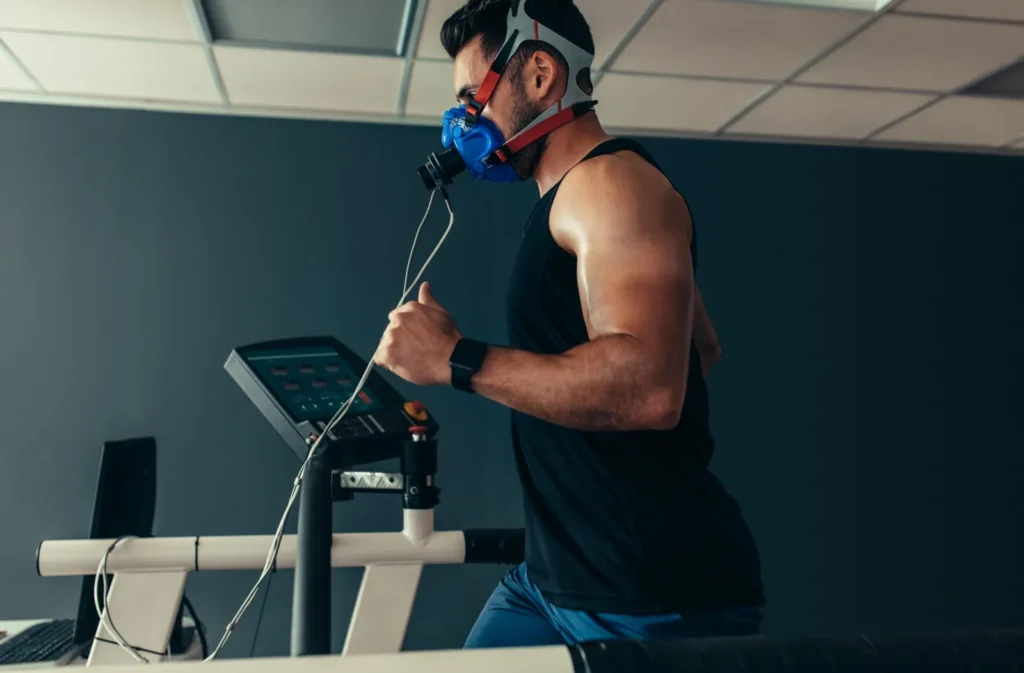In the world of fitness, longevity and wellness, few indicators have gained as much prominence in recent years as VO2 max (maximal volume of oxygen). Measured in millilitres of oxygen per kilogram of body weight per minute (ml/kg/min), this value reflects the body's ability to absorb, transport and use oxygen during intense exercise. Theoretically, the higher it is, the better the fitness, performance and cardiorespiratory health.
Today, thanks to wearables and training apps, millions of people can check their VO2 max from their smartwatch. And no wonder: recent studies link it directly to longevity, surpassing even factors such as smoking and hypertension. It is also an excellent marker of progress, as it improves with aerobic training and is related to mitochondrial efficiency, a key factor in healthy ageing.
But what aboutis as objective and reliable as we believe it to be?

The VO2 Max physiological trap: what they don't tell you
Although VO2 max is primarily a measure of cardiovascular and metabolic capacity, it can be profoundly altered by anxiety, chronic stress, dysautonomia or even a bad night's sleep. When the nervous system is on constant alert, the body lives in "fight or flight" mode, and this directly affects breathing, heart rate, cellular oxygenation and perception of exertion.
In such cases, VO2 max may appear artificially low, not because of actual poor fitness, but because the body is unwilling to deliver its true performance in a state of threat. The figure then becomes a marker of neurophysiological dysfunction, not just cardiorespiratory fitness.
Regenerative technologies: cure or excessive stimulus?
With the promise of improved oxygenation and mitochondrial function, many people with chronic fatigue, stress or dysautonomia are turning to treatments such as hyperbaric chamber or ozone therapy. Both can, in theory, raise VO2 max by improving cellular oxygen utilisation and reducing inflammation. However, in bodies already hypersensitive and saturated by stress, these treatments can have the opposite effect if not applied sparingly.

During a hyperbaric chamber session, the body is exposed to high oxygen pressure, which in a person with autonomic balance may stimulate cellular repair, but in another person with a sympathetic nervous system dominating, may lead to anxiety, headaches, vascular reactions or even panic attacks. The same is true for poorly dosed ozone therapy, which could lead to oxidative overload rather than healthy adaptation.
In addition, it has been observed that people with low immune defences and a chronic inflammatory burden may experience an apparent and transient improvement after a hyperbaric chamber session, followed by a return to their previous state. This immediate relief does not necessarily reflect a sustained improvement or reversal of the underlying disorder. In some cases, induced oxidative stress or physiological overstimulation may even aggravate the overall picture, further weakening the immune system and perpetuating the inflammatory cycle.
Is it worthwhile or not to do hyperbaric chamber sessions?
| CRITERIA | HEALTHY / RESILIENT BODY | BODY UNDER CHRONIC STRESS |
|---|---|---|
| Oxidative response | Eustress useful → improved adaptation | Risk of imbalance → more oxidation |
| State of the SNA | Good tolerance | May cause sympathetic hyperactivation |
| Cellular plasticity | Regeneration activation | Possible blockage if dysautonomia is present |
| Net result | Highly positive | Dependent on protocol and preparation |
The key is personalisation and progressiveness. Before applying powerful regenerative therapies, the state of the nervous system, the body's antioxidant capacity and the level of tolerance to physiological stress should be assessed. In many cases, it is wiser to start with vagal regulation protocols (such as diaphragmatic breathing, neurofeedback, somatic therapy) or with neuromodulation (REAC), and then introduce more intensive treatments.
Prudence and context first and foremost
VO2 max is undoubtedly a powerful tool for measuring health and progress, but it should not become an obsession or be read in isolation. A low value can be a warning sign of autonomic dysfunction or exhaustion rather than lack of training. And treatments to improve it should be understood as adaptive interventions, not miracle solutions.
In a world where performance is measured to the second, it is worth remembering that true fitness is also built on rest, listening to your body and respecting your internal rhythms. Because not everything that accelerates, cures.






